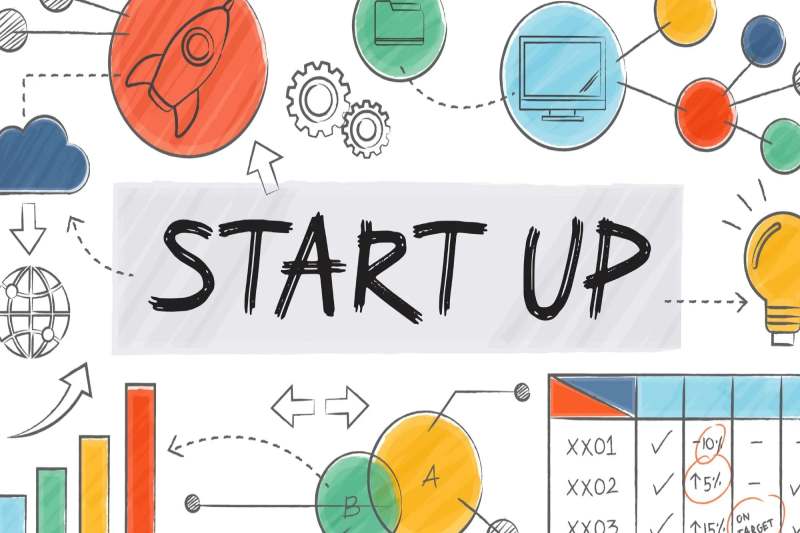
2023: The year startups began to mature
- Business
- December 23, 2023
Many startups that had to survive without VC funding found 2023 to be a difficult year. Some, like Frontrow and CarDekho, have closed, and the future of others, like Dunzo, is uncertain. However, the majority of others changed their course and became profitable through growth, demonstrating the adaptability and maturity of startups.
Roughly 25% of 2022’s funding was raised by startups in 2023, with only $7 billion raised.
The public markets continued to be active, but they did not yield “profitless growth.” Delaying their IPO plans allowed PharmEasy and Udaan to raise private capital.
Venture capitalists have shifted their focus from quickly expanding startups to those that are worth their worth. Thus, Zepto and Incredible Finance were the only two startups to become unicorns in 2023. A few big unicorns, such as Swiggy, Ola, and Byju’s, also had to endure the unpleasant taste of valuation markdowns.
“Startups were valued differently when there was excess liquidity in the market. Earlier the metrics used were month-on-month growth etc. Now they are using metrics like operating margin, revenue, profitability,” Anas Rahman Junaid, managing director of Hurun India told Business Insider India.
Not burn through breakeven
Many founders have moved to address personal issues. According to a survey by Elevation Capital, up to 18% of founders stated their businesses are already profitable. A further 58% stated that they hope to accomplish it in the short to medium term.
“Founders are emerging more resilient and wiser from these challenges, reinforcing positive shifts across funding, talent acquisition, profitability and liquidity events,” said Mridul Arora, partner at Elevation Capital.
Some that garnered significant funds this year, such as Udaan, were forced to make immediate layoffs. It suggests that even though over 20,000 startup jobs were eliminated this year, the process of belt tightening will continue. Furthermore, 20% of founders who responded to the survey reported making significant cuts to engineering and product development expenses, and 38% of them claimed to have lowered marketing costs.
According to the survey, up to 45% of founders in the consumer sector are concentrating on burn management. Furthermore, 55% of founders in the B2B and SaaS industries are trying to manage lengthier and more difficult sales cycles. Experts claim that the startup system’s guiding principle of “growth at all costs” is rapidly disappearing.
Markets will open to the public
For startups in 2023, it was a “do or die” year. Redseer claims that half of the roughly 100 unicorns in India have a dismal future due to potential acquisitions, shutdowns, or model changes. However, it projects that half of them could become profitable by FY27.
Moreover, in the upcoming fiscal year of FY25, at least 30% of India’s unicorns will pursue an IPO. These 30 unicorns, who operate in a variety of industries including media and entertainment, fintechs, SaaS, B2C product companies, and others, have substantial annual revenues of more than ₹500 crore. Additionally, it states that by FY28, India may have 90 new-age companies listed or prepared for an initial public offering (IPO).
For VCs and PEs who have taken valuation reductions on their investee companies, that is a good way out. In the tech sector, there is a lot of room for value creation. The situation is reminiscent of the US tech bubble, as tech IPOs tripled in size in the years following the dot-com bust, according to Redseer partner Rohan Agarwal.
Unicorns and other startups, however, will need to pass the profitability test first. “The question that has to be asked now is not when to go for an IPO but why go for an IPO? A sustainable company that survives on its own. They need sustainable business models like path to profitability, predictability of revenues, profits, new areas they are venturing into,” Amarjeet Singh Makhija, partner at PwC.
For startups, the coming year will serve as a litmus test: only time will tell how many will succeed and how many will give up.